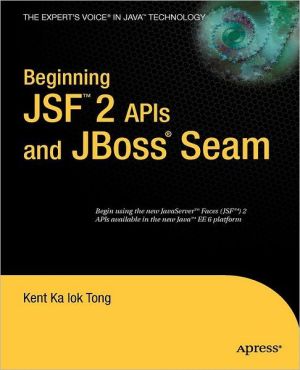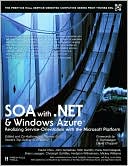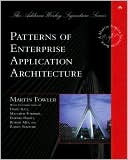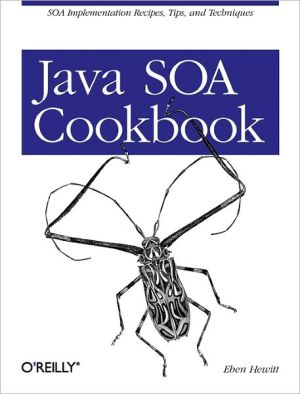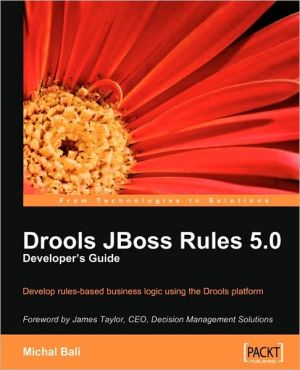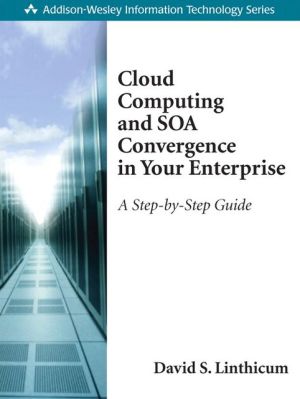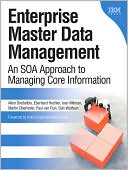Beginning JSF 2 APIs and JBoss Seam
The Enterprise Java platform, Java EE 6, has gotten a facelift ... JavaServer Faces (JSF) 2, is a big part of what’s new in Java EE 6! JSF 2, a significant upgrade from JSF 1.2, includes Facelets and integration/use options with a variety of web frameworks, including the popular JBoss® Seam and even the Spring Framework.\ Beginning JSF 2 APIs and JBoss® Seam gets you up to speed with the JSF 2.x API features and how they’re implemented using the latest Seam web framework. This quickstart...
Search in google:
Sun is releasing its new JavaServer Faces 2.x APIs as part of its new Java EE 6 Platform release in summer 2009. Beginning JSF™ 2 API and JBoss® Seam should be one of the first books on JSF 2 and Java EE 6.This book is a quick-start tutorial for getting readers up to speed with the new JSF 2.x APIs and learning to implement them using the latest Seam Web framework. Readers learn to create and enhance an eShop, using practical methods, and can re-purpose the template for their own personal and professional projects.
About the Author ixAbout the Technical Reviewer xiChapter 1 Getting Started with JSF 1Introducing the "Hello world" Application 1Installing Eclipse 2Installing JBoss 3Installing a JSF Implementation 7Installing Web Beans 8Creating the "Hello world!" Application with JSF 9Generating Dynamic Content 17Retrieving Data from Java Code 20Exploring the Life Cycle of the Web Bean 25Using an Easier Way to Output Text 25Debugging a JSF Application 25Summary 27Chapter 2 Using Forms 29Developing a Stock Quote Application 29Getting the Stock Quote Symbol 29Displaying the Result Page 36Displaying the Stock Value 38Marking Input As Required 40Inputting a Date 49Conversion Errors and Empty Input 55Using a Combo Box 60Using a Single b2 Bean 62Hooking Up the Web Beans 63Summary 66Chapter 3 Validating Input 67Developing a Postage Calculator 67What If the Input Is Invalid? 73Null Input and Validators 78Validating the Patron Code 80Creating a Custom Validator for the Patron Code 82Displaying the Error Messages in Red 86Displaying the Error Messages Along with the Field 87Validating a Combination of Multiple Input Values 96Summary 100Chapter 4 Creating an E-shop 101Listing the Products 102Making the Link to Show the Details 106Displaying Headers in the Columns 115Implementing a Shopping Cart 116Displaying the Content of the Shopping Cart 126The Checkout Function 127Getting the Credit Card Number of the Current User 131Forcing the User to Log In 139Implementing Logout 146Protecting the Password 148Summary 149Chapter 5 Creating Custom Components 151Displaying aCopyright Notice on Multiple Pages 151Allowing the Caller to Specify the Company Name 157Creating a Product Editor 159Passing a Method in a Parameter? 162Creating a Box Component 163Accepting Two Pieces of XHTML Code 166Creating a Reusable Component Library 168Creating a Component Library Without taglib.xml 170Summary 172Chapter 6 Providing a Common Layout for Your Pages 173Using the Same Menu on Different Pages 173Using Global Navigation Rules 177Using Two Abstract Parts 178Creating Page-Specific Navigation Cases 180Summary 182Chapter 7 Building Interactive Pages with Ajax 183Displaying a FAQ 183Refreshing the Answer Only 185Hiding and Showing the Answer 189Using Ajax to Hide or Show the Answer 191Giving a Rating to a Question 194Updating the Rating as the User Types 199Using a Dialog Box to Get the Rating 200Setting the Look and Feel with Skins 204Displaying Multiple Questions 206Summary 212Chapter 8 Using Conversations 215Creating a Wizard to Submit Support Tickets 215Interference Between Browser Windows 219URL Mismatched? 225Summary 229Chapter 9 Supporting Other Languages 231Displaying the Current Date and Time 231Supporting Chinese 232Easier Way to Access Map Elements 237Internationalizing the Date Display 238Letting the User Change the Language Used 238Localizing the Full Stop 243Displaying a Logo 246Making the Locale Change Persistent 248Localizing Validation Messages 250Summary 251Chapter 10 Using JBoss Seam 253Installing Seam 253Re-creating the E-shop Project 254Allowing the User to Add Products 257Restricting Access to the Product-Editing Page 265Creating a Shopping Cart 267Turning the Shopping Cart into a Stateful Session Bean 273Creating the Checkout Page 277Using WebLogic, WebSphere, or GlassFish 284Summary 284Index 287
